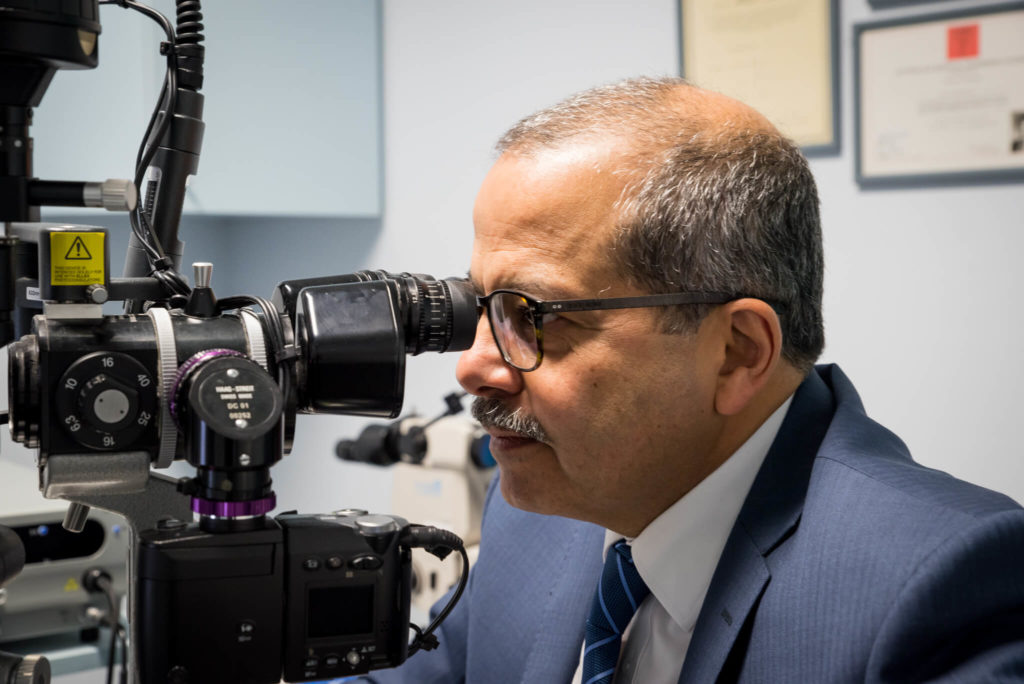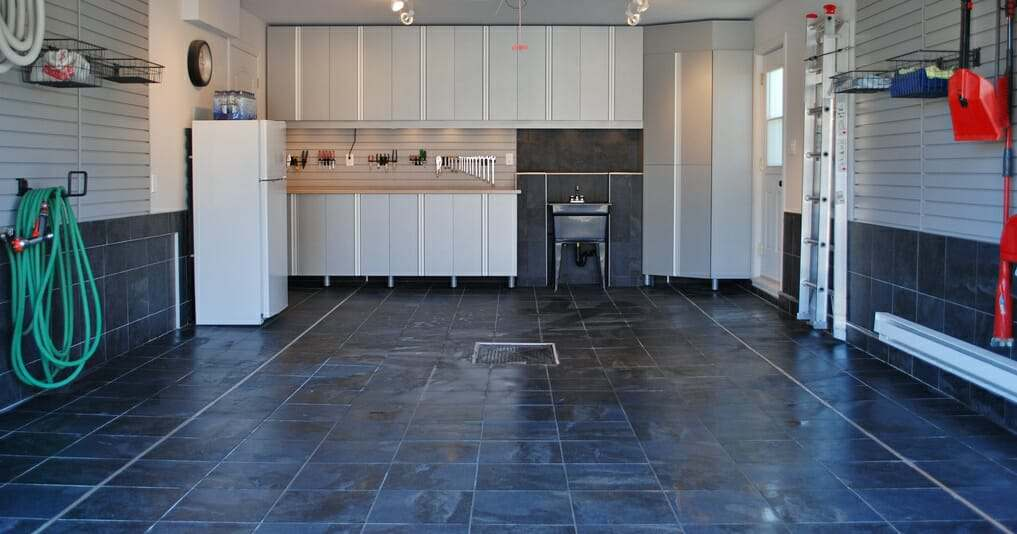
Facts You Should Know About Glaucoma
Glaucoma is a condition in which eyes are impacted by a number of diseases. In this, the optic nerve gets destroyed progressively mostly because of a rise in fluid pressure within the eye, leading to a gradual loss of vision, and ultimately, blindness. The fluid is called Aqueous Humour, and the pressure is termed as Intraocular Pressure (IOP).
Mechanism
The eye is nourished differently from other parts of the body. In place of blood, a special liquid filtrated from blood is secreted inside the eye called aqueous humour. This fluid flows through the eye and is drained away via channels called as the ‘angle’ of the anterior chamber. When such fluid fails to drain away, it results in a build-up of pressure within the eye which damages the optic nerve.
The optic nerve is made up of millions of cells. When eye pressure builds up, nerve cells are compressed, causing their damage and eventual death resulting in vision loss. Early symptoms of the disease are loss of peripheral vision, and long term impact is loss of central vision also. Very often, it is in this last stage of vision loss that the disease called Glaucoma is detected. As such the disease is called a ‘silent thief of sight’ and is detected only with the help of an eye specialist Melbourne.
Risk Factors
Certain persons have a higher risk of the disease than others. This included groups like:
- African Americans above the age of 40
- Patients with diabetes
- All persons above 60
- Persons with a family history of the condition
Testing of Glaucoma
Since glaucoma usually catches one unawares, it is good to get eyes checked regularly. There are a number of ways that doctors diagnose the disease.
A tonometer can help in direct measurement of eye pressure. It is a painless and quick test. Another instrument called Pachymeter measures the thickness of the cornea. This is because the state of the cornea is a good indicator of the disease. Doctors may also check the optic nerve and the peripheral vision of the patient. Another device called Gonioscope can directly examine drainage angle. The type of diagnosis is determined by eye specialist Melbourne.
Treatment
Glaucoma is treated by three main methods:
- Medication
- Laser surgery
- Conventional surgery
Medication
When one is diagnosed with this disease, one must consume medication precisely and regularly for preserving vision. Any vision loss because of this disease is irreversible.
Some patients are administered eye drops. It can help maintain even pressure inside your eye. Though there are various kinds of eye drops, yet most of them can irritate the eye based on its sensitivity. Patients may need to switch medication based on side effects and in consultation with the doctor. Another type of medication is pills. These may either lower production of fluid or enhance its drainage.
Laser Surgery
It is the first option for glaucoma patients. A tiny hole is drilled in the eye using a highly focused beam of light, and this enables easy drainage of fluid. This is an out-patient procedure.
Traditional Surgery
Sometimes, the problem cannot be solved by laser surgery or medication. As such, doctors turn to traditional surgery. The latter reduces eye pressure by 65% to 85%. It is most effective in case the patient did not have other surgeries like cataract surgery.






